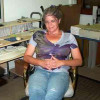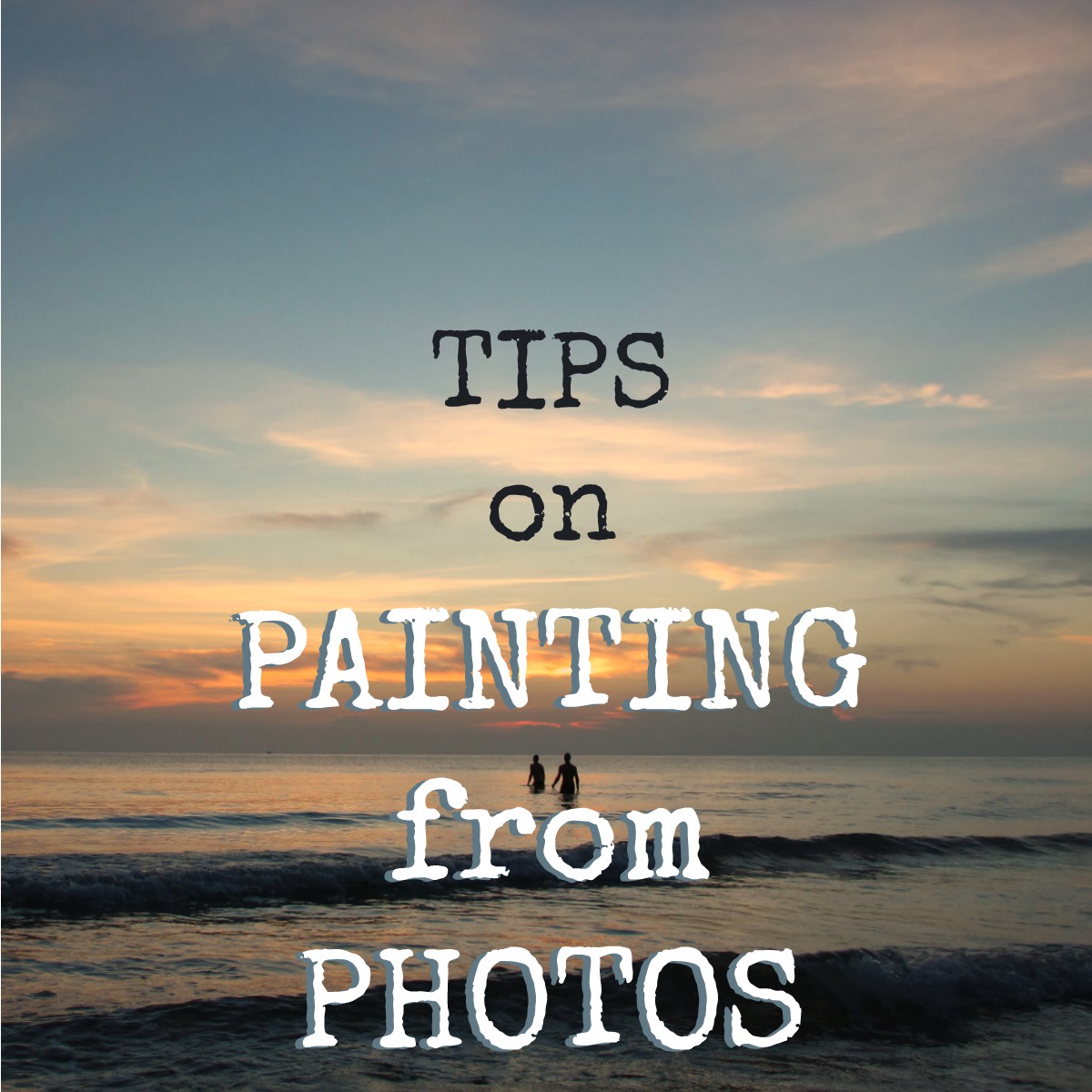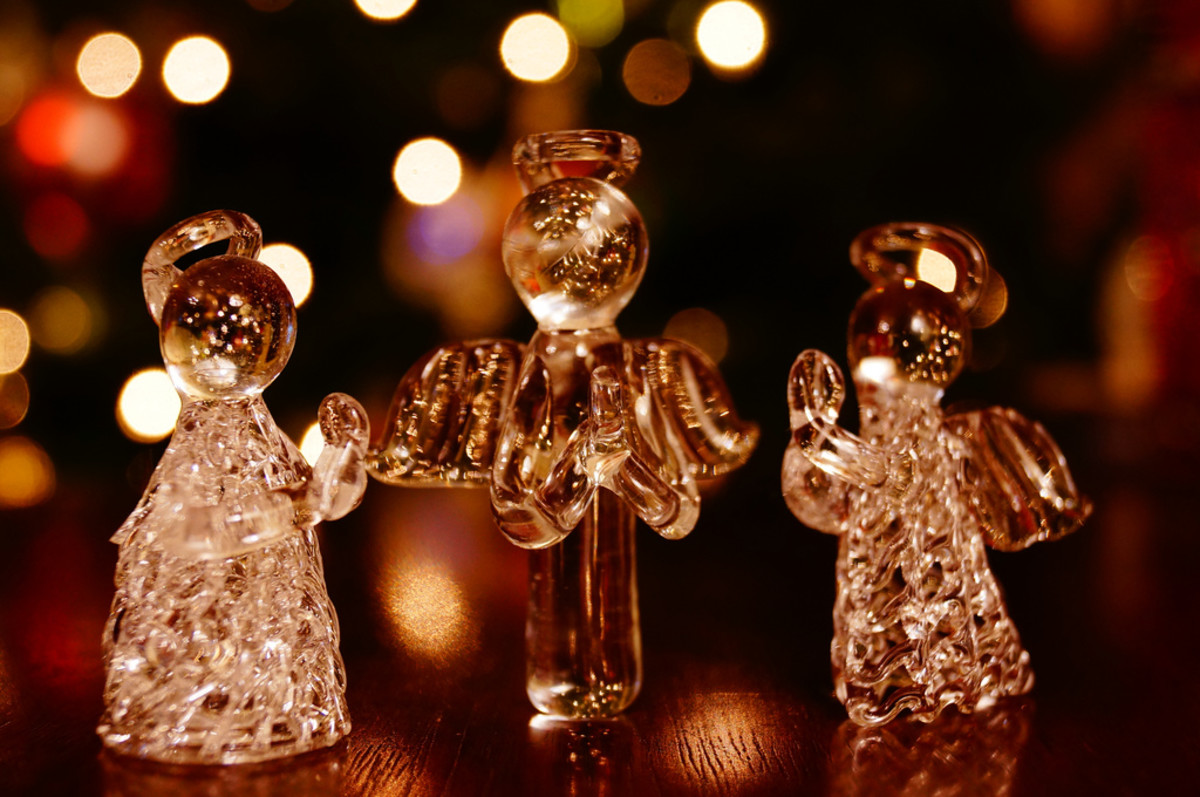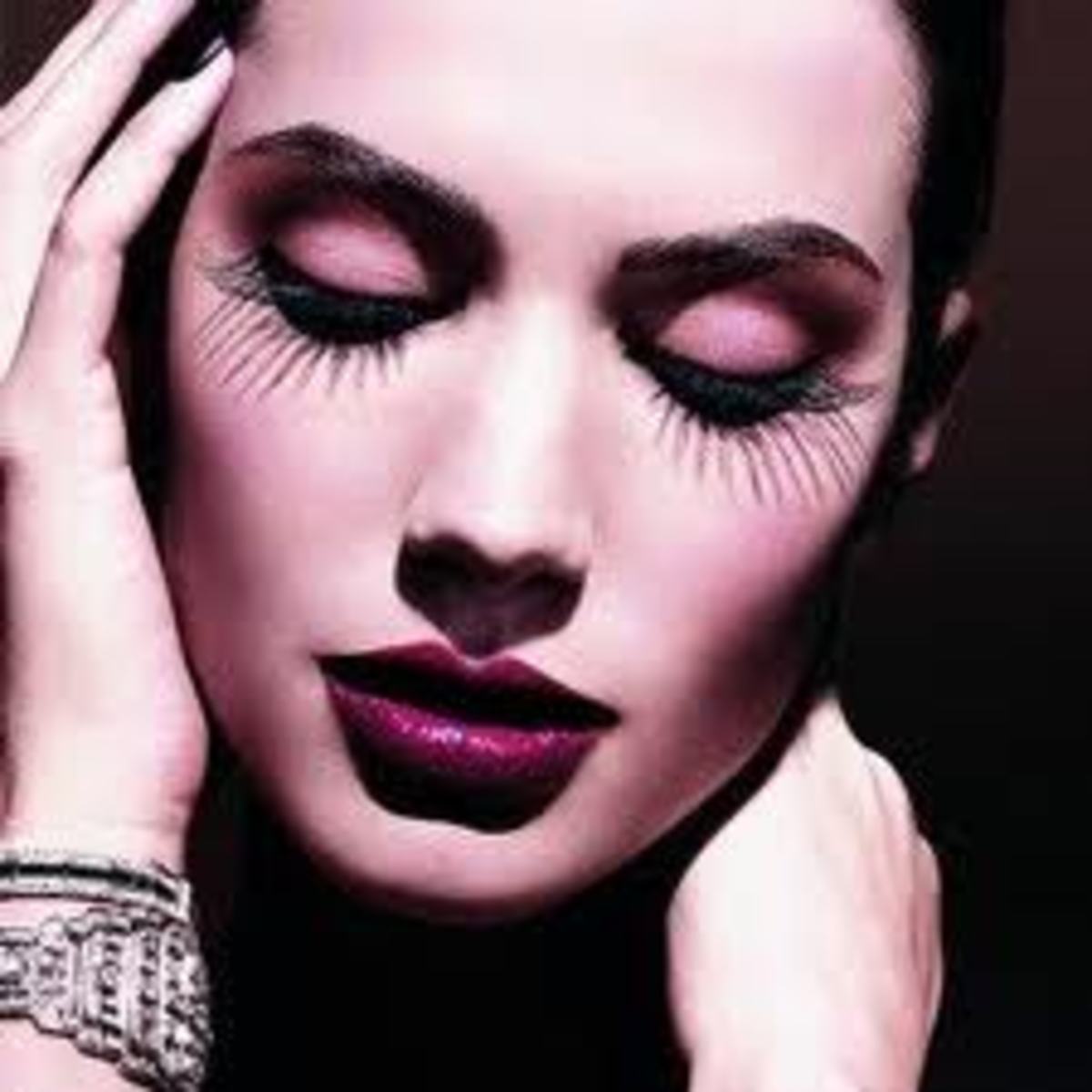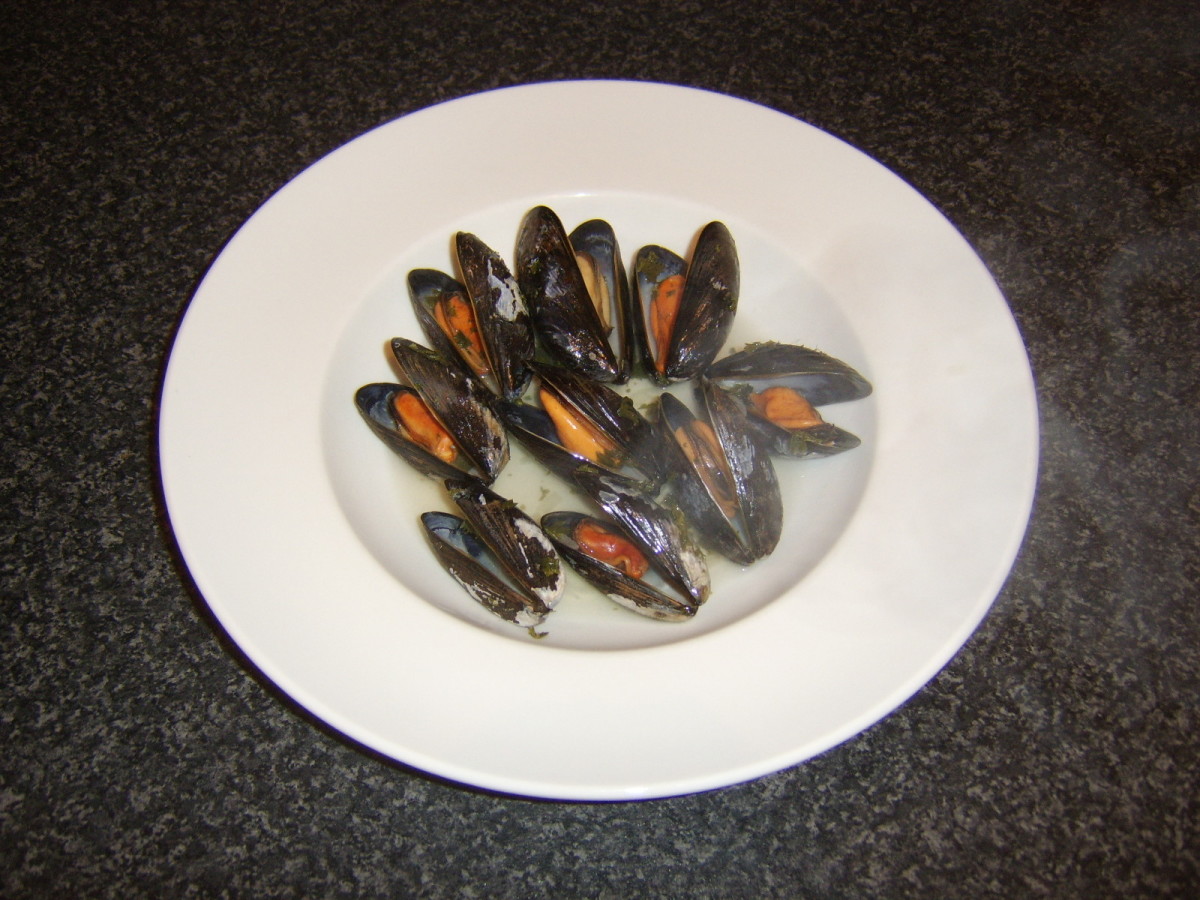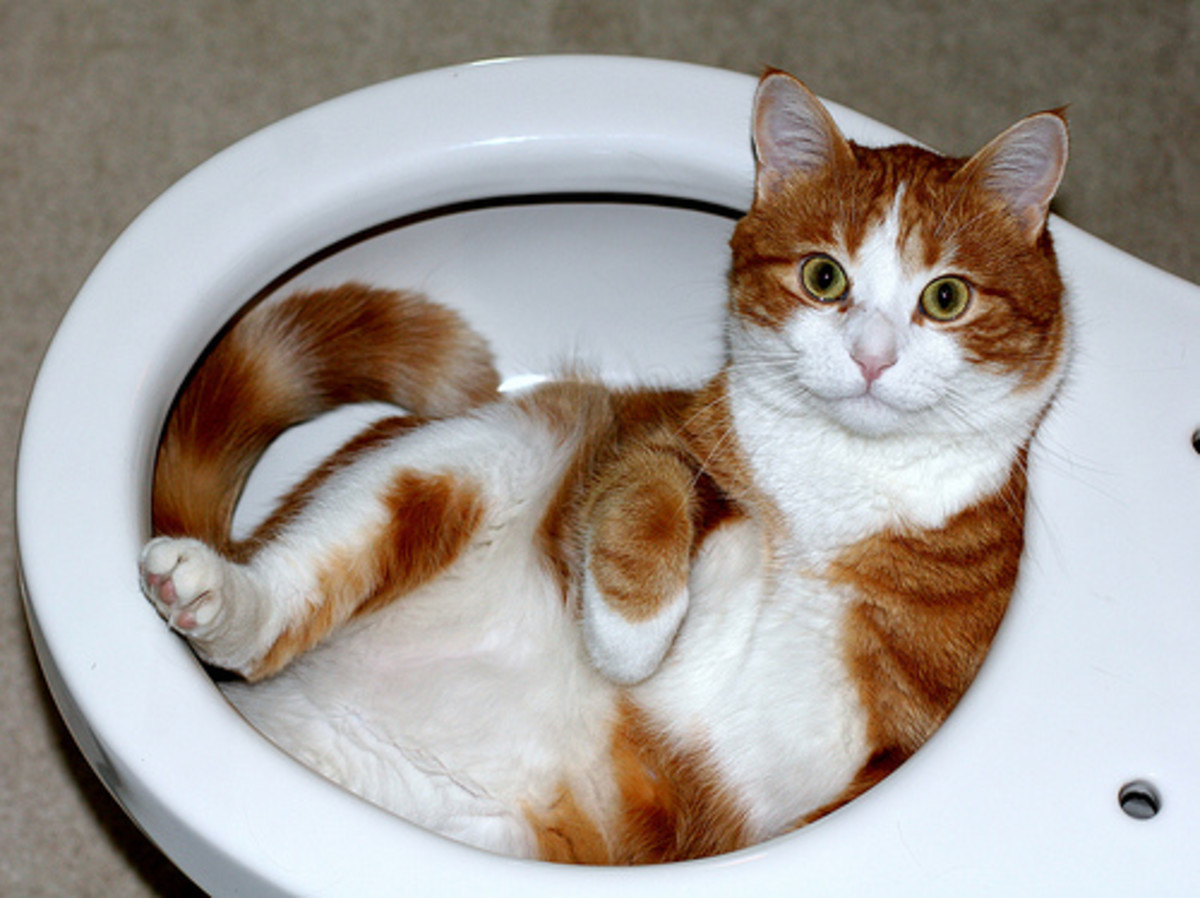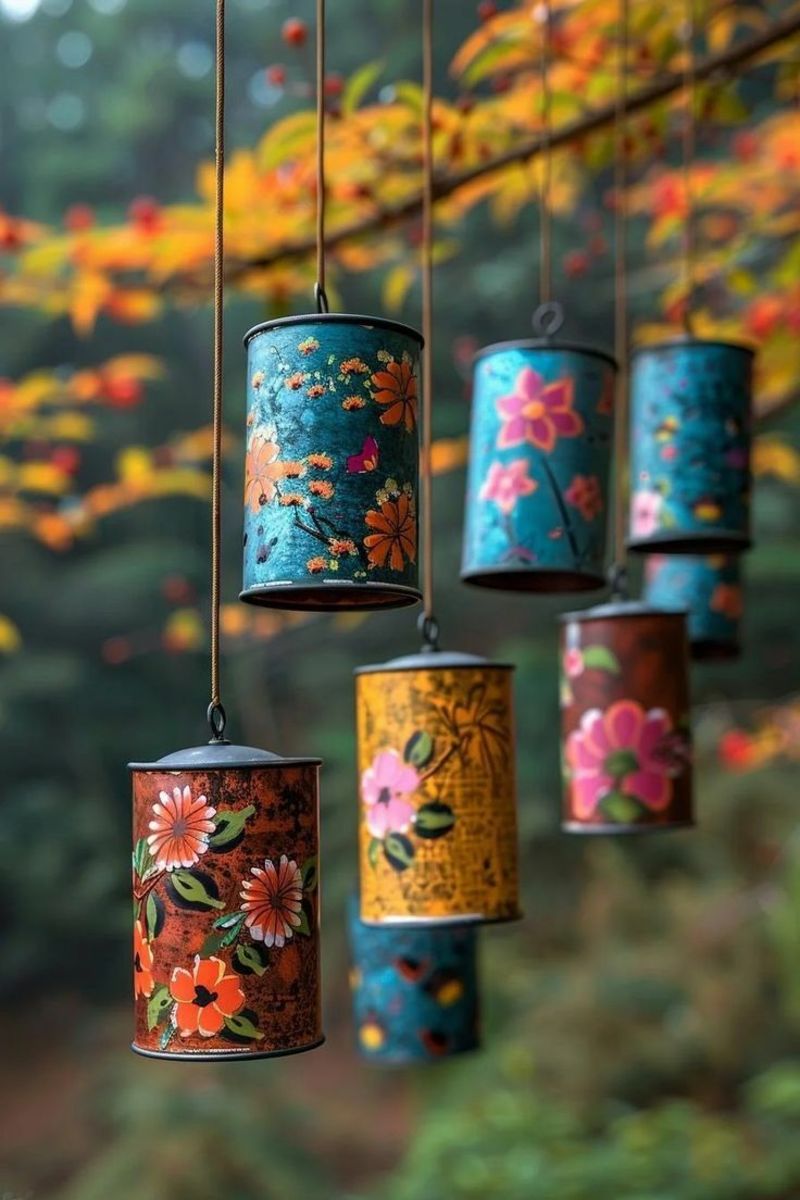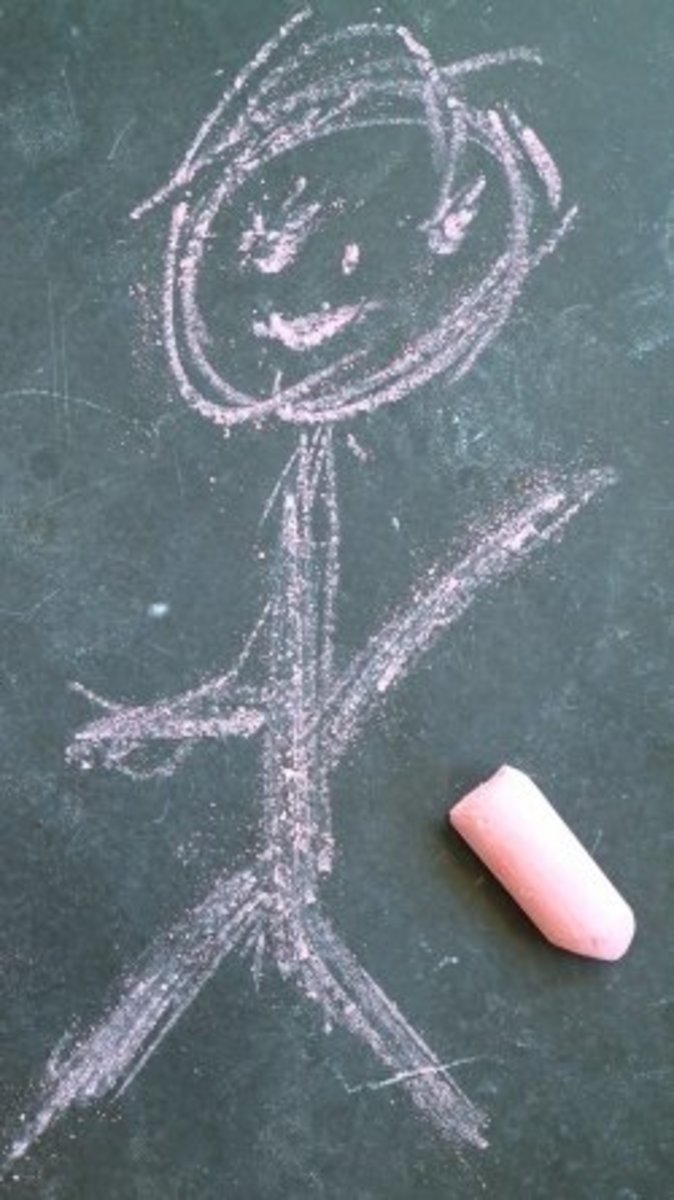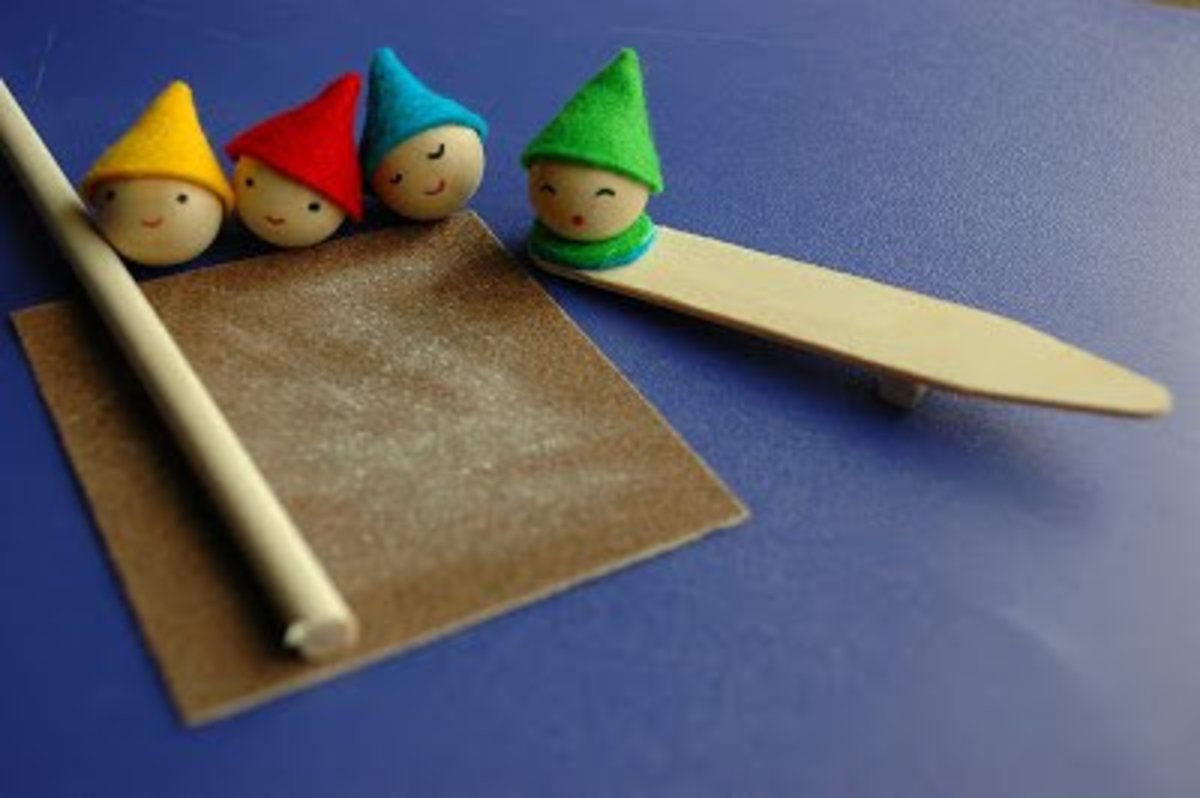How To Build Your Own Photo Reference Library

Tips On How To Collect Your Own Artistic Reference Photos And Why You Should
I am a painter who works primarily from photographs. I do this for two reasons. First because I do animals and they don't usually like to stand still and pose for extended periods of time. And secondly my paintings can take many weeks to complete. I need to have as much reference as possible.
This lens was created to help artists learn how to best collect their own reference photos from which to create their art.
This Lens Will Cover:
* How To Build Your Library
* Why You Should Collect your own Photos
* Difference Between Copyright Free and Royalty Free
While this is lens is not about How To Take Great Photographs it will have some areas that overlap with that idea. I want to be clear that I am not a professional photographer. What I am is a professional artist who works exclusively off my own reference photos. So the better my reference pictures, the better the final painting.
And while I'm an animal painter many of the principles set forth in this lens will apply to landscapes, still life or portrait painters.
Note: I am primarily an equestrian artist so most of the examples shown here are going to be of horses. Some are quality enough to be a painting in themselves and some are mere reference images highlighting some important aspect that I need detailed information about.
One Last thing to consider. The better the photograph that you are using for reference purposes, the easier it is to create a better painting. It requires a lot less of your artistic juju when you have to add light and shadow or reflected lighting that doesn't exist in your reference.

All copyrights are retained by the artist,
Mona Majorowicz of Wild Faces Gallery.
The artwork or content in this lens may not be used or reproduced, either
in part or in whole, without the express written consent from the artist.
The First Step To Building Your Resource Library Is To Take Pictures - Lots and lost of pictures
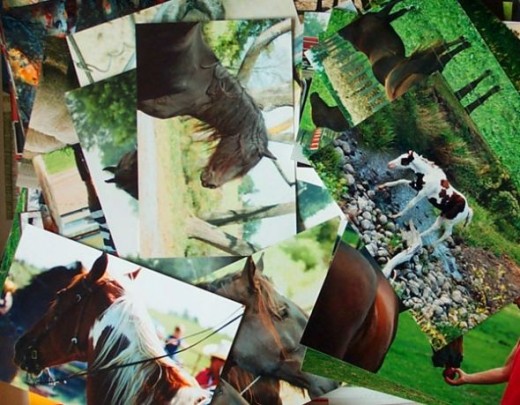
When working on a painting I usually keep around 20 photos scattered out on my drafting table. Some may be detail shots or have better lighting than others. I rarely copy a photograph exactly so I need a myriad of information options while creating.
When collecting photos for a commission piece it is not uncommon for me to take about 200 images. At this point my reference library consists of about 30,000 photos. Horses alone taking up about half of that number. Like everything in life it's a numbers game. The more photos you take the more likely you are to get some really good quality and useful ones.
When Collecting Reference Images Take Photos From Every Angle - And I do mean EVERY angle.
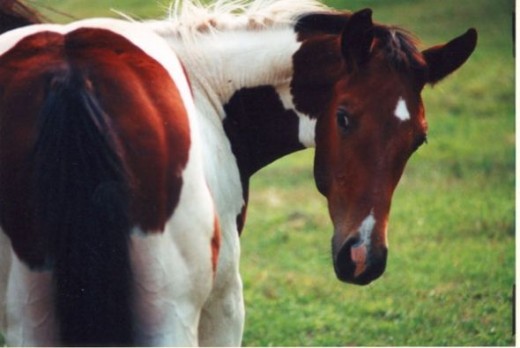
When collecting reference photos for a portrait or even for something I think I may someday want to paint, I take photos until I think I can't come up with a new way to view this object.
You might be thinking that's a lot of film to use up. And yes many photos are of no real use to me while painting. But here's the thing. Most of the time I've no idea what will work as a painting. Yes, I know when I've taken an interesting angle. But sometimes a painting doesn't emerge form a photo collection until years later. My tastes change and my medium and styles change and when if I edit too many photos out as not usable, I may be throwing away a great future painting.
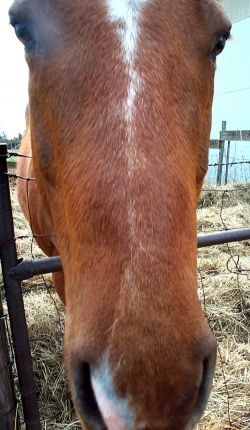
Try New Angles But Be Sure To Avoid Photographic Distortion
Whenever I photograph a subject I try to go all the way around them. Also, often I get down on my knees to try new angles. Yup, even in public places. I usually don't mind humiliation when on a quest for new images to paint.
Photographic Distortion
When using photos to paint by, it is important to be aware that photos can lie and misrepresent reality. This is known as distortion.Photographic distortion is more of an issue when photographing people or object. The best way to avoid distortion is to be at eye level of whatever you are shooting. When photographing small animals like kittens or baby geese, I lay on the ground so I am shooting them straight on.
Me mindful of being too close or too much above or below your subject, as this will foreshorten it. Unless of course that is your goal.
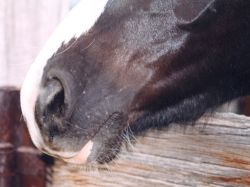
Take Detail shots
The other thing I do when collecting painting reference photos is I take loads of detail shots. Close up or macro images of eyes, ears noses anything that I deem significant at the time. While these will probably never be the whole completed painting they provide information that might be lost of the wider shots.
The Importance Of Lighting
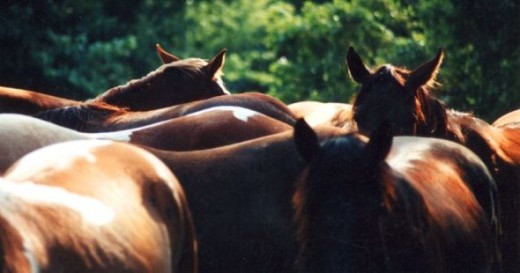
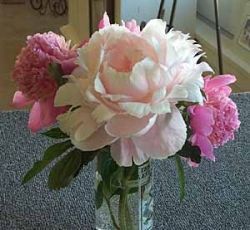
Indoor Lighting Situations
Good lighting can make the difference between an ordinary photograph (and thus generally an ordinary painting) and a stunning piece. Good lighting can bring much needed contrast between shadow and highlight. Most of the time when I am photographing critters, I have to take what lighting there is. But for this I get to play around a bit.
This photo is just using the overhead light as well as the natural light from the window. It offers an okay amount of contrast. It would probably give me enough information to make a passably good painting. (If I were so inclined, and if I used loads of artistic juju to bump up the contrast while in the process of painting.)
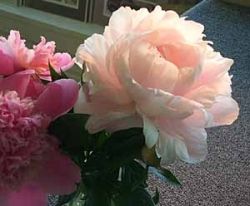
The second photo is the flower lit using a natural spectrum light bulb from my drafting table, as well as overhead and natural sunlight from the window. I placed the lamp at a 45 degree angle from the windows. It not only added contrast, but also a myriad of soft and subtle hues of pink, yellow and blue. Lovely! (Plus, it will require much less of the juju to make a great painting.)
Had I been really feeling the flower power, I would have spritzed it gently with a water bottle, to mimic dew. It's almost enough to make a critter artist think about painting peonies. Or maybe I am just drunk on the sweet smell of flowers that is currently permeating the gallery.
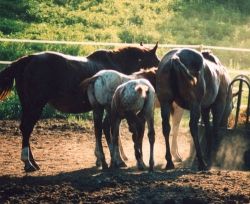
Outdoor Lighting Situations And Atmosphere
Mornings and Evenings
When taking photos outdoors I have found that the best light occurs in the mornings and evenings.
Both mornings and evenings the light is warmer in color and often with a yellow cast. Also the side lighting allows for greater drama with lights and shadows.
Note: This photo was taken in the evening and the horses are back lit. While this particular photo in and of itself doesn't make for a great painting. I really like the illumination of the dust and atmosphere that was created by the setting sun. I think with just a little creative juju I could make an outstanding painting from the photos I took that evening.
Why You Should Collect Your Own Photos
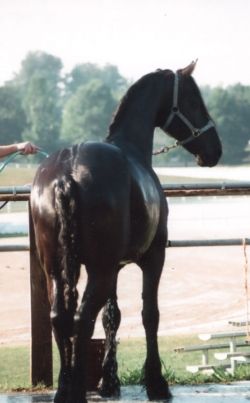
3 Reasons To Build Your Own Reference Photo Library
So in case your asking yourself why should you go to all this trouble, especially when there are so many sites where you can purchase the rights for photo usage. Well here's 3 good reasons why you should start today.
I. Connects you with your work
2. Avoids Legal Troubles
3. Professionalism
As artists it is extremely important to get in the habit of collecting your own reference materials. While there are plenty of sites where you can get royalty free images or even pay for the usage or limited copyright, there is nothing that beats the "being there" experience.
Collecting your own reference photos will definitely aid in your ability to connect with your art. And if you connect with it chances are, collectors will also.
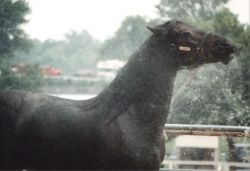
Why You Should Collect Your Own Reference Photos: A Story In 3 Parts
Part 1
So awhile back I was reading Katherine Tyrrell's blog Making A Mark. Specifically her post regarding the Gold Medal Award for the American Watercolor Society. Or rather the furor surrounding the winning painting which was a hyper realistic painting derived from two royalty free on-line photos.
It is a stunning painting, and it is easy to see how it won. But once you have the knowledge that the painting was created using two photos from someone else. And though it is painted exquisitely, from what I understand all she really did was put them together relatively unchanged and copy them in paint. The question then becomes should it have won?
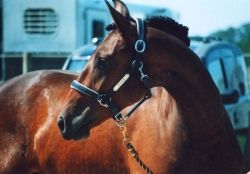
Collecting Your Own Reference Part 2
I was working on a painting of lambs and I was questioning my color palette. So I thought I'd go on-line and see how some other artists handled painting white sheep. Artistically speaking finding contrast in black faced sheep is easy, but for two all white lambs . . . urm, not so much.
Turns out I got no help. But I did run across a sheep portrait done by a daily painter which was stunning. The color and brush strokes, the cropping and sheep's expression were all really well done. I had one of those "Damn, I wish I had painted that!" moments.
Later on in my rummaging I came across the stock photo she had used for her painting on one of those image websites. Her painting was exactly like the photo image. Yes, it was her color sense and brushwork but everything else, the composition, the facial expression and cropping were the same. She didn't so much a flick an ear in a different direction. I suddenly lost a whole lot of respect for the artist.
I had one of those "Damn, I wish I had painted that!" moments.
Now I am not saying that she did anything wrong. She may well have gotten all the copyrights and stuff. What lost me was all she really did was copy something someone else had done. Yes, she infused her painting style but that was the extent of it. Even if it had been a photo of a full sheep and she then cropped creatively it would have then spoken more of who she is as an artist.
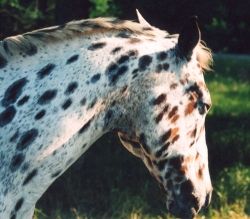
Collecting Your Own Reference Part 3
One last story to drive the point home. Recently I signed a contract with an art agent that said I was the legal copyright holder of all my artwork being submitted. And that any lawsuits raised in regards to copyright infringement were my responsibility. I signed it without a single qualm because every painting from long before I turned art into my profession, (with the exception of two) are derived from my own reference photographs.
I have spent decades building my photo library and fortunes on film and developing. But I rest easy knowing that if someone tries makes a claim against me, I have my own reference material to back me up. It does mean I am limited to what I paint, because I have to collect it. But I also get a sense of pride knowing that I participated in the process all the way through.
The moral of the story:
If you have not already done so, start to build your own reference library by taking your own photos. Photos found on line or in old National Geographics (or any other magazine, no matter how obscure) don't count, except as illegal.
Note: Of the two paintings I created using someone else's photos. One was a fellow artist and friend who kept saying I should paint from a couple of shots she took. So I did.
And the other was a portrait of a horse that had passed away. I had used a professionally taken photograph for my primary reference. But before I agreed to use it, I got a letter from the photographer (which I still have on file) stating that it was okay to use his photo and any derivative works were mine to copyright.
The Difference Between Royalty Free, Copyright Free and Public Domain
And A little Bit About Copyright Infringement
Also, if you feel you must use someone else's photos, know the difference between royalty free and copyright free. According to Wikipedia
Royalty Free is:
Royalty-free is a term employed in negotiating the right to use creative content, such as photographs, video, or music. The term royalty-free means that once the content is licensed under a set of guidelines, the licensee is normally free to use it in perpetuity without paying additional royalty charges.
While Copyright is
Copyright is the set of exclusive rights granted to the author or creator of an original work, including the right to copy, distribute and adapt the work. These rights can be licensed, transferred and/or assigned.
So Copyright Free is:
Copyright-free is a conventional expression extensively used in Japan by authors whose works can be used freely regardless of copyright. It is distinguished from public domain.
And Finally Public Domain
Works are in the public domain if they are not covered by intellectual property rights at all, if the intellectual property rights have expired,[1] and/or if the intellectual property rights are forfeited or unclaimed.
The defining characteristic of copyright infringement is if the average viewer when looking at the two works see a similarity. The copying need not be exact.
Seriously, isn't it just easier to go out and get your own?
And For Those Of You Who Want To Learn How To Take Better Pictures
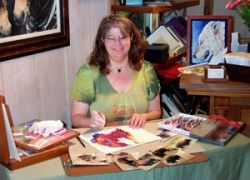
About The Author Od How To Take Reference Photos
Mona Majorowicz of Wild Faces Gallery
My name is Mona Majorowicz I am a professional artist who has been making my living selling my work for some time now. I have been in the art and framing industry for over 20 years. I am an animal artist, (meaning I paint critters) who works primarily in Oil Pastel or Water Soluble Pencil.
I own and operate Wild Faces Gallery with my husband Mike in a small rural town in Iowa. There we sell my original artwork and prints, as well as do quality custom framing and offer Giclee printing for other artists as well as for ourselves
I maintain a blog called Fur In The Paint, as well as write a regular column for the equestrian magazine Apples 'N Oats about painting horses.
Animals are my passion and art is how I chose to express it.
